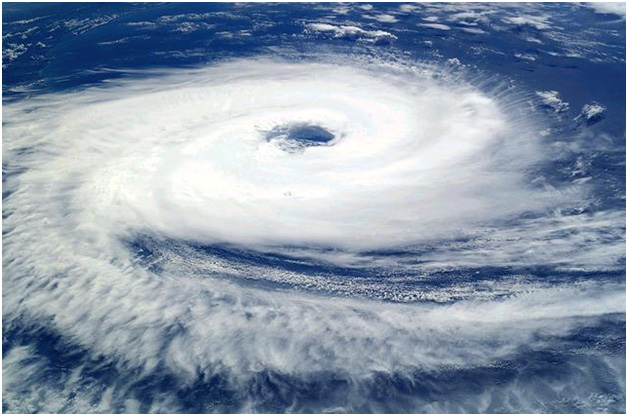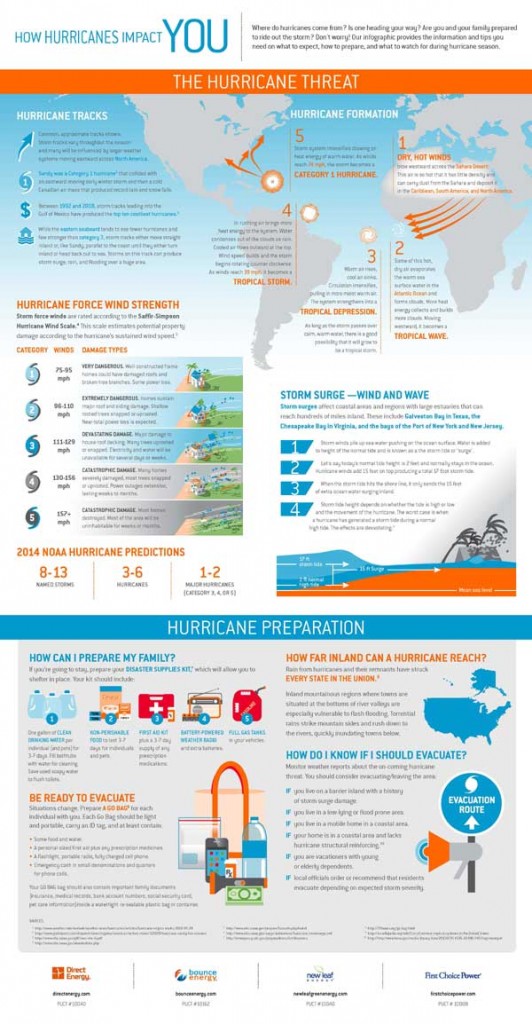RMA is the name of a category 5 hurricane, one of the worst hurricanes formed in the Atlantic Ocean in 2017. The last horrible hurricane of such intensity, experienced by the U.S in 2005, was when Katrina shook its coastal areas.

It started on the 30th of August 2017 and raged at 185 miles/per hour for 37 hours. It is recorded to be the longest and fiercest hurricane of the Atlantic Ocean.
Irma originated in the deep tropics near the islands of Cape Verde and quickly intensified.
Regions Affected by Hurricane Irma:
The most catastrophic damage caused by Irma as a category 5 hurricane was experienced by the following regions:
- Barbuda
- Saint Martin
- Anguilla
- Virgin Islands
- Saint Barthelemy
Impact of the Tropical Hurricane Irma
Overall Damage of this hurricane is calculated at more than $30 billion in 11 days. Some of the Catastrophes are mentioned below along with regions:
- Florida: 3 million Floridan lost the power supply. And more than 6.5 million people migrated.
- Irma caused a massive destruction in the Caribbean.
- Hurricane Irma wreaked havoc in British and American Virgin Islands.
- The ST Martin, Islands on the Dutch half, Island of Barbuda were devastated.
- Puerto Rico was safe from the direct encounter, but still suffered from electricity and power shortage.
For more detailed facts and figures, check very comprehensive infographic produced by HuntingMark.com.

Irma Broke the Records:
This tropical hurricane broke many global records:
- This was the first storm with wind speed of 185 miles/HR in the Atlantic Ocean, and it remained for more than a day. (1 day and 17 hours to be exact).
- It broke the records of low pressure, that is, 914 millibars.
- 7th September was the most active day for the Atlantic hurricanes on record.
- Storm Irma raged as 5th category storm for 3 days turning into the 4th category.
- This hurricane turned into a category 2 storm and finally dissipated on the evening 12th of September.


